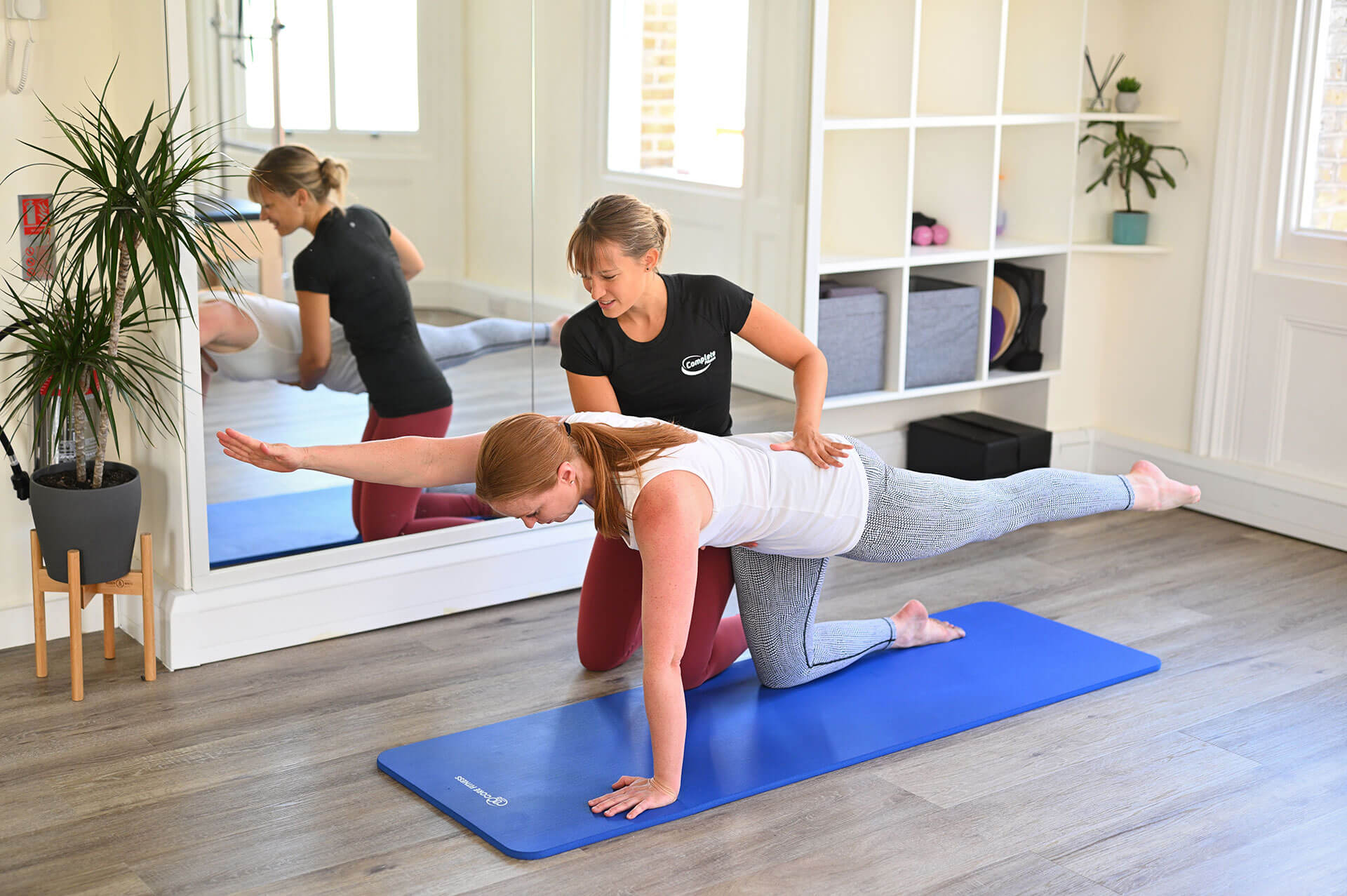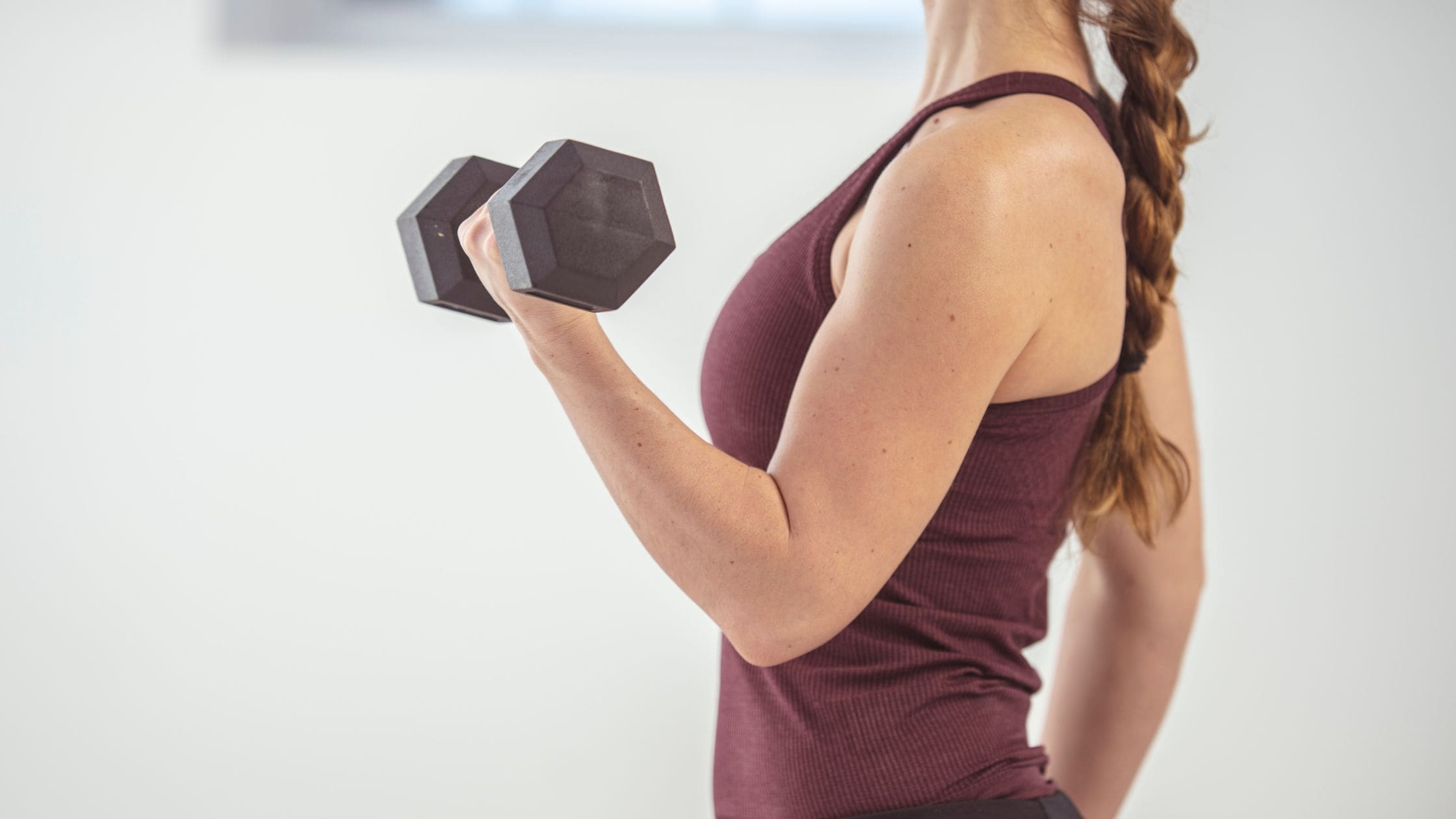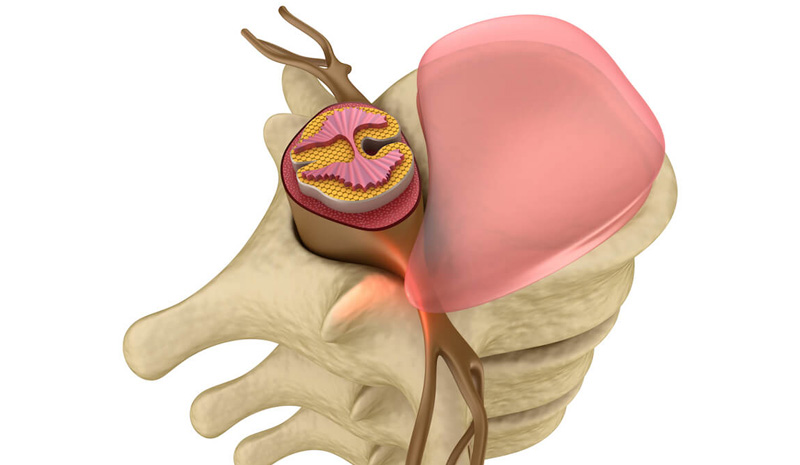Do you suffer from constant back pain? Do you experience regular flare-ups of back pain which prevent you from doing things? Do you often find yourself googling how to treat back pain?
You are not alone!
It is estimated approximately 8 million adults in the UK suffer from chronic back pain, accounting for 40% of sickness absence in the NHS and costing the economy around £10bn a year.
In light of Back Care Awareness Week (4th-8th October), at Complete Pilates, we are helping to raise awareness around how to prevent, manage and help back pain.
Back Care Awareness Week initiated by charity Back Care, has dedicated this years focus to the global pandemic, focusing specifically on:
- Working from home
- Studying at home
- Spending more time at home
We often hear of clients suffering from chronic back pain desperate to understand the cause and treatments to help them regain control once again.
Back pain is known to be one of the most common reasons as to why people visit the doctor or miss days at work.
Chronic back pain is defined as persistent pain lasting longer than 12 weeks. According to the National Institute of Neurological Disorders and Stroke, approximately 20% of people who suffer from acute lower back pain develop chronic back pain with persistent symptoms at one year.
Chronic lower back pain is distinguished as pain, muscle tension or stiffness localised below the ribs and above the top of the legs which lasts for 12 or more weeks. Similarly, chronic upper back pain is distinguished as persistent pain localised between the base of the neck and the bottom of the ribcage.
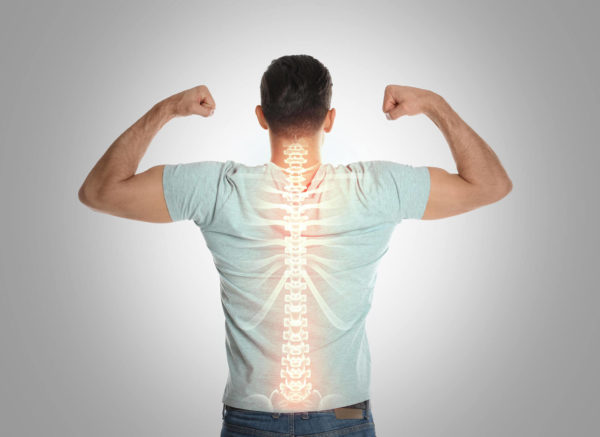
Anatomy of the back
The back is made up of the spine, spinal nerves and muscles. The muscles include the deeper muscles, such as multifidus, that are part of the core and more superficial movement muscles, such as the erector spinae.
The spine is composed of 33 bones called the vertebrae which form the spinal canal to protect the spinal cord. The spine can be broken down into five sections:
- The cervical spine is located at the top of the spine running from the head to the upper back and is the most mobile area of the spine and is responsible for protecting the nerves to the brain.
- The thoracic spine is located in the middle of the spine where your rib cage is connecting the cervical spine and the lumbar spine and is responsible for keeping the body upright and stable.
- The lumbar spine is located in the lower part of the back and is responsible for supporting most of the body’s weight and transferring load to and from our legs.
- The sacrum is located at the bottom of the spine and connects the spine to the pelvic via the sacroiliac joints.
- The coccyx is the tailbone of the spine and connects to the ligaments and muscles around the pelvis. This includes the pelvic floor muscles which are the base of our core and work along with the deep abdominals, spinal muscles and diaphragm to help support the spine.
The spinal cord runs from the neck to the lower back and consists of the cervical nerves, the thoracic nerves, lumbar nerves, sacral nerves and coccygeal nerves.
Superficial muscles, also known as the extrinsic back muscles are the bigger muscles that control our movement, they include the;
- Trapezius
- Latissimus dorsi
- Levator scapulae
- Rhomboids
The intrinsic muscles are deeper and closer to the spine and help to support the spine through movement and prevent excessive movement at any level. They work with the rest of the core.
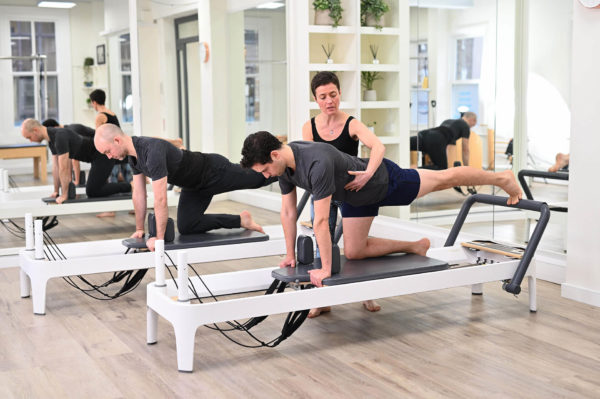
Chronic back pain causes
Sometimes back pain cannot be identified as a problem with one particular structure in the spine. We often see patients who have no changes on a scan but are still experiencing pain. This is because pain is complex and not always just down to a structure being damaged. We know that pain is felt differently by different people in different environments and with different previous experiences. An easy example of this is the level of pain we get from a tiny paper cut when we notice it compared to a soldier who may not feel any pain when severely injured as the focus is on completing a mission.
Our brain receives the messages from our tissues and then has to make sense of that in the environment it is in and take into account everything else that is going on with us physically and emotionally.
There are of course some medical conditions that can give us pain in the back. Some of these are also terms that are used regularly but are sometimes not fully understood. These include:
- Arthritis of the spine is inflammation of the facet joints in the spine which can be a result of wear and tear, autoimmune disorders and infection to name a few.
- Spinal stenosis is the narrowing of the spinal canal which causes the compression of the nerves which travel through the lower back.
- Myofascial pain syndrome is a known chronic condition which inflicts pain in a confined area; it is pain and inflammation of the body’s soft tissues.
- Skeletal irregularities such as scoliosis which is curvature of the spine, as well as, lordosis which is an accentuated arch in the lower back, can cause back pain in middle age adults.
- Traumatic spinal cord injury usually occurs as a result of a sudden, traumatic blow to the spine which causes a fracture, dislocation or compression of the vertebrae.
- Sciatica is when the sciatic nerve which runs from your lower back to your feet is compressed which can cause burning pain in the lower back as well as the glutes and one leg.
- Osteoporosis is a disease which causes reduced bone density and increases their tendency to break.
- Spondylolisthesis is when one of the bones in the spine moves out of position. It can cause lower back pain particularly when active or standing, as well as, sciatica.
- Slipped discs is when tissue between the bones in the spine moves and causes irritation and direct pressure on a nerve.
How to prevent chronic back pain
Whilst we often don’t think to do certain things to prevent chronic back pain until it becomes a problem, there are things we can do to prevent pain from becoming an ongoing issue.
If addressed early we can make sure that the body is given the best environment to heal and recover.
Most episodes of back pain will recover fully within 8 weeks.
Because pain is complex we need to take into account all the factors that might be influencing it and ensure we are providing the best scenario for change, healing and recovery.
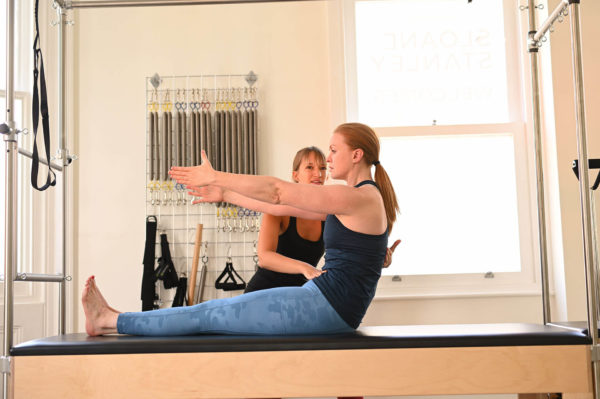
- Pilates is often recommended and successful at preventing chronic back pain. Pilates works to strengthen your core, align your spine, improve your posture and release tension which can all help to encourage healing and prevent prolonged pain and future episodes of pain.
- Check your posture as sustained or repetitive posture can increase the risk of chronic back pain.
- Supportive mattress
- Weight management is important as additional weight can make back pain worse by increasing the load through your spine.
- Smoking can restrict the flow of blood to the spinal discs which slows down our natural healing process and can cause ongoing pain.
Be aware of your body movement when lifting, pushing or pulling, when we have pain some of our muscles can become inhibited so that we do not move effectively and can increase the load on our spine. Using our body as a whole so that the legs help to take the load as well as the back can help to reduce pain.
How to prevent back pain whilst working from home
According to the Office for National Statistics, back in April 2020, 46.6% of people did some work at home, 86% of those did so because of the coronavirus pandemic. These statistics were even higher in London, with 57.2% of residents doing some work at home.
Home working is set to continue with 24% of businesses and individuals intending to use increased home working as a permanent business model.
There are several things you can do to prevent or help back pain whilst working from home:
- Correct your posture
- Perform core strengthening exercises
- Correct your computer setup
- Take regular breaks
- Neck rotations
- Seated spinal rotation
- Posterior shoulder stretch
- Shoulder shrugs
- Sitting back extensions
- Upper shoulder and neck stretch
- Shoulder extensions
- Pilates
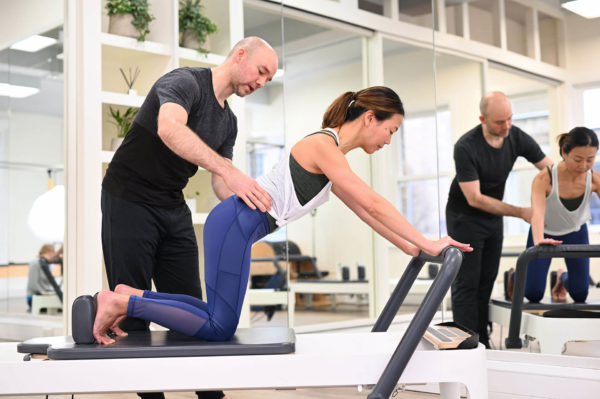
Chronic back pain treatment
There are a number of ways in which chronic back pain can be treated, usually the most effective treatment will be through understanding your pain as it is as individual as you are.
Everyone will have a different experience of pain as it is influenced by so many different factors. Usually treatment will be conservative which means not involving any surgery.
Non-surgical treatments for chronic back pain include:
- Physiotherapy is excellent for conservative treatment for chronic back pain. Your physio will assess you fully taking into account both your physical and mental wellbeing and all factors associated with your pain. They can then advise the best approach for you which may involve manual therapy, exercise, and some of the treatments below.
- Exercise should be one of the first treatments you try under guidance of your doctor or physiotherapist to help back pain. Exercise can help to improve your posture, flexibility and range of movement and core strength which can in turn help you improve and manage back pain. Pilates can help to decrease back pain by strengthening your core muscles which support the back, improve spine alignment and alleviate tight back muscles. Exercise also encourages healing and normal patterns of movement which helps your body and brain to feel confident and comfortable to move freely and without pain.
- Mindfulness and meditation can help to relieve the emotional and physical impact of chronic pain. Chronic pain can lead to frustration and depression, however, mindfulness and meditation activities such as yoga, Pilates and tai chi can help to relax and focus your mind on aspects other than pain.
- Pain coaching – this can be helpful alongside your physio or Pilates to help you understand your pain and what you can do on a day to day basis to move forwards and achieve your goals. This is a process to be learnt and can take time but eventually will help to live life without pain.
- Diet can also play an important role in treating chronic back pain. For example, processed foods and those high in refined sugar which are highly inflammatory could be contributing to your chronic back pain. It is important to maintain a healthy, balanced diet to manage chronic back pain.
- Lifestyle changes are often inevitable when it comes to chronic back pain. It is important to understand the activities and movements which worsen your pain and try to avoid them e.g. no heavy lifting, pushing or pulling based activities. This might include repetitive postures or movements such as sitting for long periods of the day.
- Alternative treatments can also be highly successful in treating chronic back pain. Alternative treatments could include acupuncture, massage, and laser therapy. Speak to your physiotherapist or GP to discuss these options.
- Spinal injections such as epidural steroid injections can be very effective to give some relief of the pain when it is preventing you from carrying out daily activities or your rehabilitation. Once the pain is under control you can then work more effectively on getting good movement patterns, increasing your range of movement and getting stronger.
Sometimes surgical treatments for chronic back pain will be required and can include:
- Radiofrequency denervation
- Spinal fusion surgery
- Discectomy
- Foraminotomy
- Laminectomy
Effects of Pilates Exercise Programmes in People with Chronic Lower Back Pain: A systematic Review
Antonio Patti, Antonio Bionci, Antonio Paoli et Al, Medicine, Volume 94. Number 4. Jan 2015
29 articles were used. 20 studies showed a reduction in lower back pain
- 9 studies compared Pilates to minimal intervention.
- 6 studies compared Pilates with other exercise programmes for pain.
- 5 studies looked at the potential therapeutic effect of Pilates for those with chronic lower back pain
Pilates v minimal intervention
Studies showed that the pilates groups required less pain relief than those who did not participate. 9 studies showed statistical significant improvements when using Pilates for the treatment of lower back pain
Pilates v other exercise
6 studies showed a reduction in pain intensity for both Pilates and other exercises with frequency of symptoms, intensity and duration all reducing significantly. People in the Pilates groups were more likely to consistently follow their programs than other exercise groups.
Pilates for lower back pain
5 studies were included and all showed statistical significance as well as clinical significance in pain reduction.
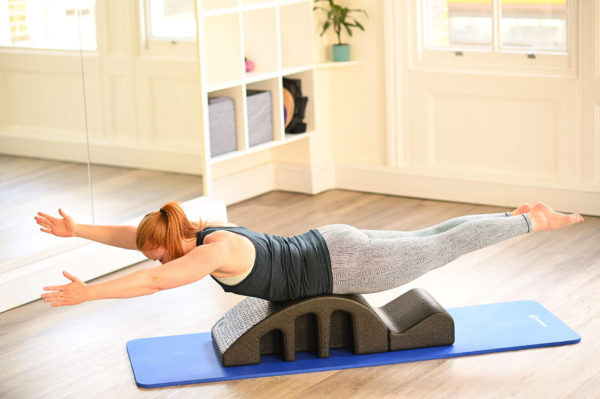
Summary
The research evidence base for Pilates is low and therefore larger and better studies are required. Pilates was shown to increase muscular strength and endurance, concluding that these exercises were more beneficial than no treatment or minimal physical activity. This is proven in the short term but longer term studies are required.
From what we know about chronic pain research and the NICE guidelines for treating back pain it is likely that a combination of physical and psychological programmes will be the best option..
At Complete Pilates, our entire team has extensive training in clinical Pilates. If you have an injury or chronic back pain one of our Physiotherapists can assess your injury and determine exactly what is going on and how we can help. We can then tailor the programme to suit you and ensure you progress. We can also recommend other treatments or clinicians that can help alongside your physiotherapy-led Pilates.
We offer a range of Pilates classes in London as well as online Pilates classes which can be 1:1s or as a group.
The best option would be to have a 1:1 face to face session which are available at our Pilates studios in Chelsea, The City and Angel.
These blogs are designed to give information to everyone, however, it is important to remember that everyone is different! If you have not seen one of our therapists and have any questions about injuries, what you have read or whether this may be useful to you, please just ask. We are more than happy to help anyone and point you in the right direction. Our biggest belief is that education is key. The more you understand about your injury, illness and movement, the more you are likely to improve.


